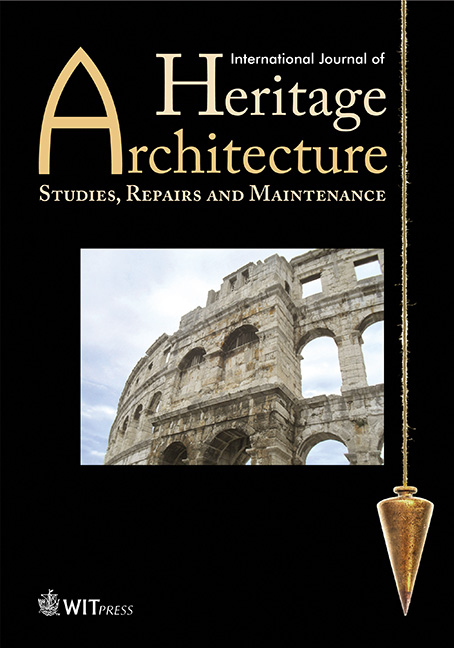THE FUTURE OF MEMORY: THE ‘HOUSE OF THE XXIV’ BY FERNANDO TAVORA
Price
Free (open access)
Volume
Volume 2 (2018), Issue 2
Pages
11
Page Range
347 - 358
Paper DOI
10.2495/HA-V2-N2-347-358
Copyright
WIT Press
Author(s)
DANIELA LADIANA & MICHELE DI SIVO
Abstract
This article aims to develop a critical reflection on the design approach of the ‘House of the XXIV’ – one of the last works of the Portuguese architect Fernando Tavora – as example of the search for a bal- ance between the pursuit of continuity with history of places and the affirmation of the contemporary conditions. This approach, based on a deep understanding of the context of intervention and its history, is characterized by a strong integration between the new and the old, testifying with great force a dialectic ability that is away from temptation of camouflage or, on the contrary, of total estrangement from the context of the project. The ‘House of XXIV’, realized in the oldest part of Porto, next to the cathedral, affirms the value of architecture as a vital resource not only to introduce the contemporary values in the urban discourse but to consolidate and enhance the inherited patrimony. The work of architecture is configured as an act, at the same time, critical and creative: the analysis of the transformation events and the physical and symbolic relationships with the existing places at different scales leads to the definition of contents for the recovery of the ancient ruin, for the reaffirmation of values lost but essential for the collective memory and the urban identity.
Keywords
design approach, integration new/old, languages, technologies and materials, themes




